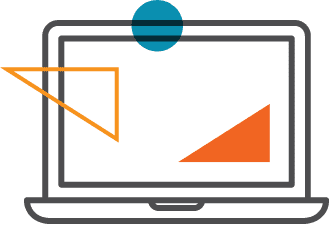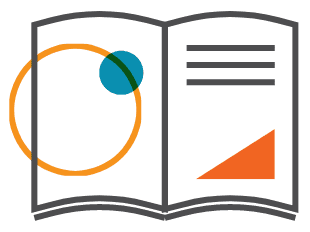As a self-directed IRA custodian, we get dozens of questions about unrelated business income tax (UBIT), taxes on IRAs, and taxes on other retirement accounts every day. Most perplexing to clients, it seems, is UBIT. Let’s examine three commonly asked questions.
Ready to learn the ins and outs of UBIT? Click here to download our UBIT Guide.
Leveraged Real Estate
Question: My Roth IRA purchased a rental property, funding it with 10% from the IRA and 90% from a bank loan. The net income is $3,000 a year. Is all the net income from this property tax free? Or is $2,700 taxable and only $300 is tax free?
Answer: The bank loan part is subject to UBIT. If your calculated net income is $3,000, roughly 90% or $2,700 is taxable to the IRA. If you didn’t calculate net income with all allowable expenses and depreciation, then go back and do so. It’s not uncommon for real estate investors to have positive cash flow but a tax loss. It is important to file a Form 990-T to report the loss and thus carry it forward to future years. Also, note the debt-financed percentage is recalculated each year.
Paying Off The Debt
Question: An article I read claimed that any leveraged property in an IRA can trigger UBIT. IRA investors can get around the tax by applying excess profit to the loan principal. Once the loan is paid, the UBIT no longer applies to any profit. If the property is held for an additional 12 months, eventual sale profits won’t be subject to UBIT either.
Is it true that applying the excess profit from rents to principal paydown will avoid UBIT?
Answer: The article shouldn’t recommend “getting around that tax” but instead that paying down the debt balance will reduce the taxable portion of the income. The intent of the article is to highlight that by paying off the loan as soon as possible (and then have a 0 loan balance for a 12 month period), the IRA can reduce to 0 the debt-financed percentage and thus have no UBIT. The profits from the investment plus any other available cash can be used to pay down the loan. Note that this strategy limits your IRA’s other investment options since the money is going to the bank instead of buying new investments. Run the numbers to see what makes the most sense in your situation.
More Complex Structures
Question: Let’s say my self-directed IRA purchases a 5% interest in an LLC that buys a shopping center for cash. In the first year, the LLC has a net income of $100,000 and distributes $5,000 to the IRA. The following year, the LLC obtains a non-recourse loan of $1,000,000. The LLC uses $100,000 of the loan proceeds to hire an unrelated contractor to make improvements to the property and distributes the remaining $900,000. $45,000 of this $900,000 is distributed to the LLC. After the debt is added, net income remains the same, and thus $5,000 of net income is distributed to the IRA in year two. Is there now UBIT, and if so, how much?
Answer: The amount of UBIT is determined by the percentage of the amount of total indebtedness from the acquisition of the property. Depending on the business activity of the LLC, it may be that the LLC is operating a business, and thus all of its earnings may be subject to UBIT as a result.
Contact New Direction Trust Company at 877-742-1270 or send us a message through the Client Portal.


 Back to Blog
Back to Blog

